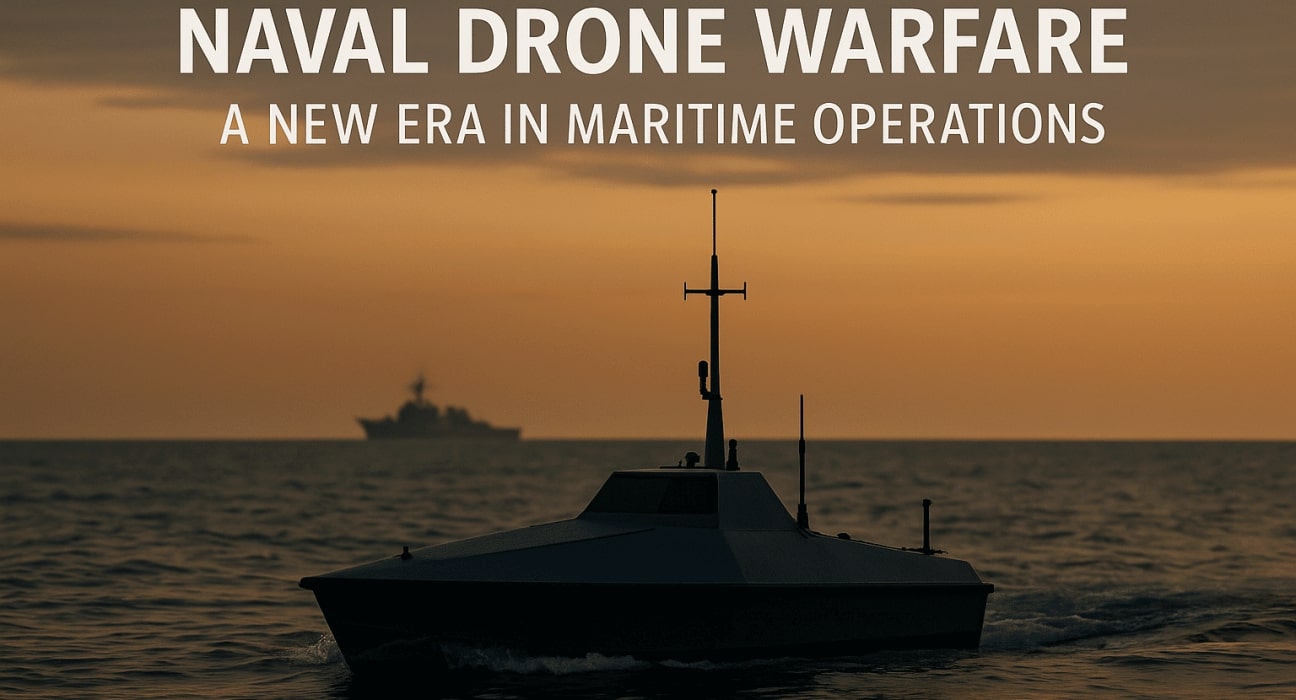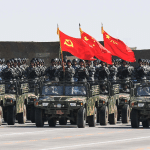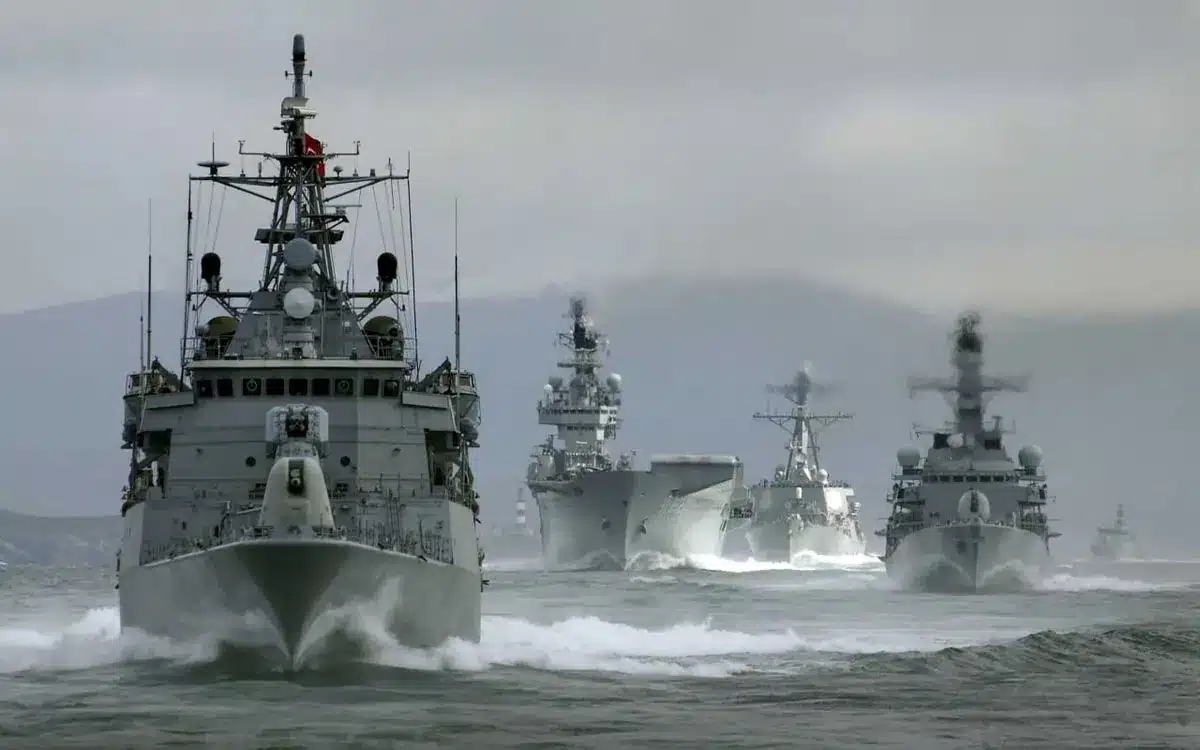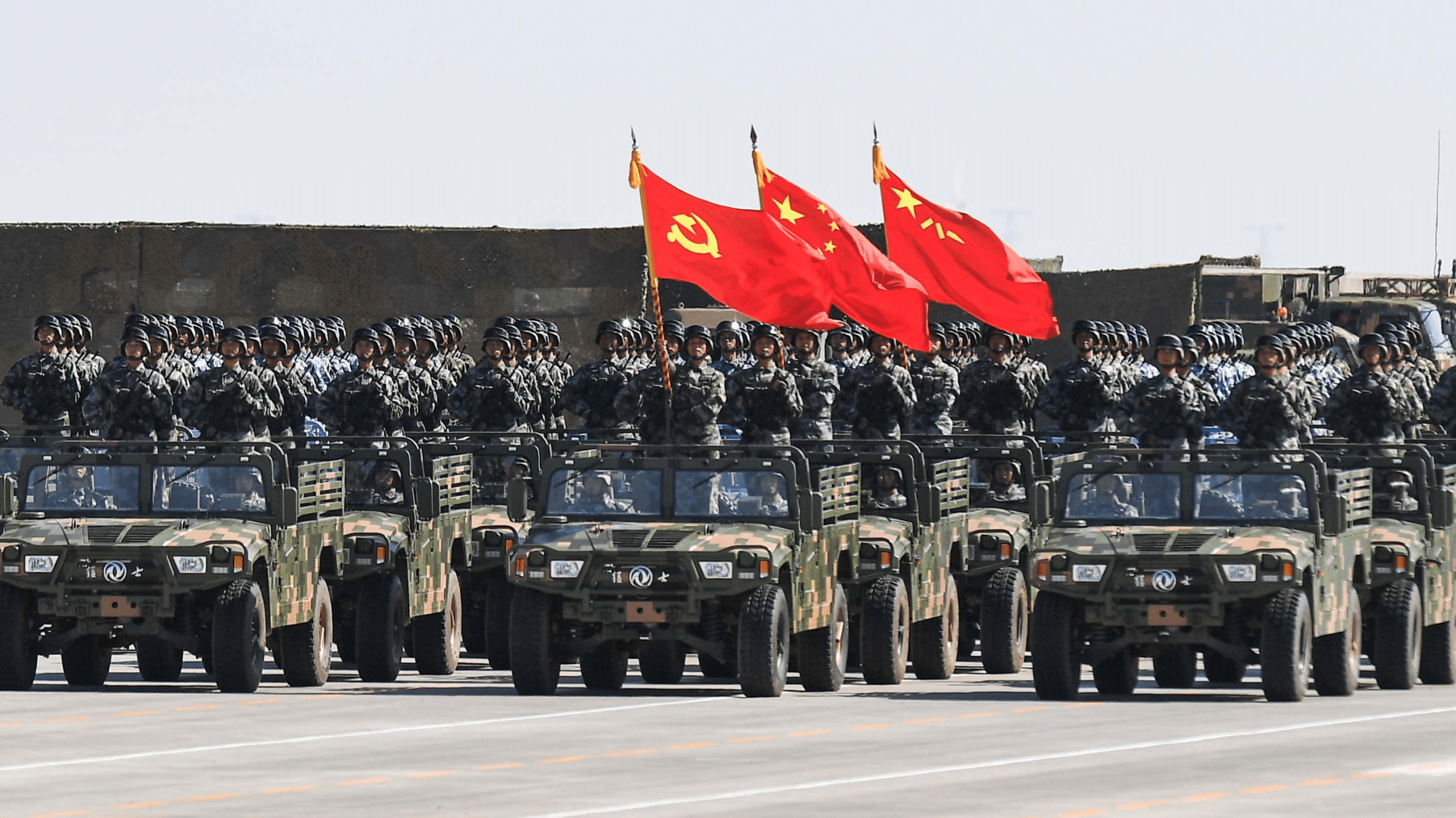A new era in maritime operations
Unmanned surface and underwater vehicles (USVs and UUVs), once relegated to niche roles like reconnaissance and mine-clearing, are now reshaping naval warfare. From asymmetric strikes in the Black Sea to major acquisitions in the Indo-Pacific, maritime drones have moved well beyond the prototype phase — they are now combat-relevant assets.
This rapid evolution marks a structural shift in how naval power is projected and contested.
Operational scope: from ISR to strike capabilities
Today’s naval drones are performing missions traditionally carried out by crewed platforms:
- ISR (Intelligence, Surveillance, Reconnaissance): Low-risk, persistent surveillance over vast maritime areas.
- Strike missions: Long-range kamikaze-style attacks using high-explosive payloads.
- Mine warfare: Detection, neutralization, or deployment of naval mines.
- Electronic warfare: Radar deception, jamming, and saturation.
- Logistics: Delivery of supplies or ammunition via small autonomous platforms.
Key platforms in the field
- MAGURA V5 (Ukraine): An estimated range of over 400 km according to Ukrainian sources, although exact figures have not been independently verified. Used in attacks against Russian naval targets.
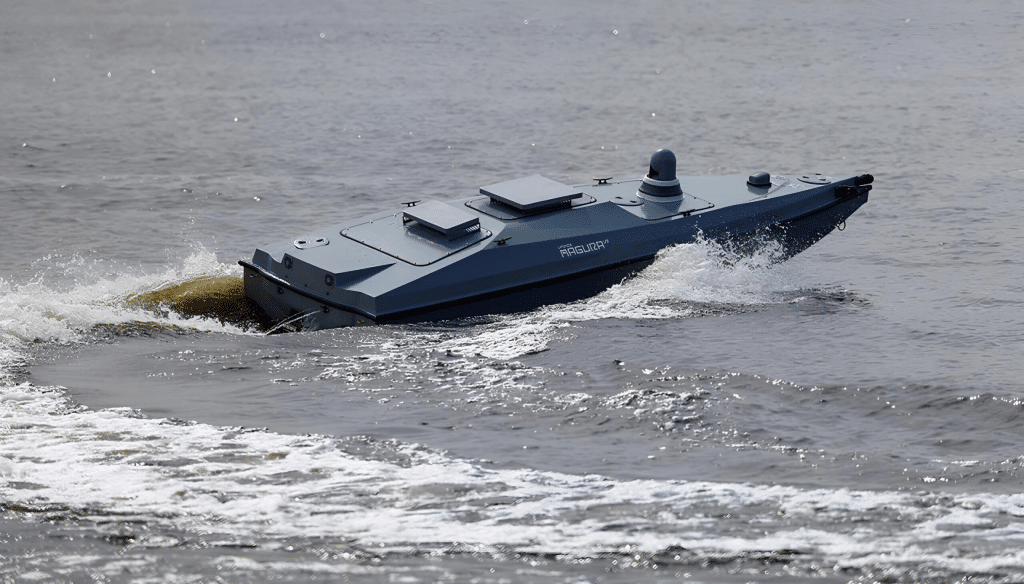
- Sea Baby (Ukraine): High-speed surface drone reportedly used in strikes against coastal infrastructure. There are rumors of the use of thermobaric warheads, but no confirmed proof is available to date.
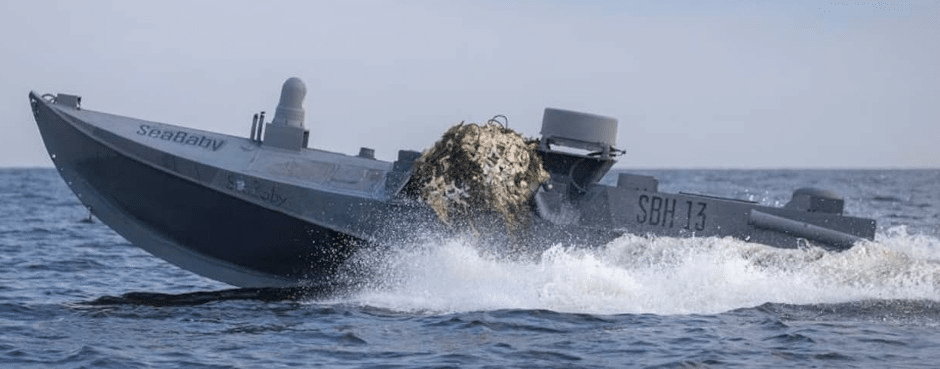
- Marichka (Ukraine): A submersible drone platform in development. Publicly presented, but not yet confirmed in active operations.
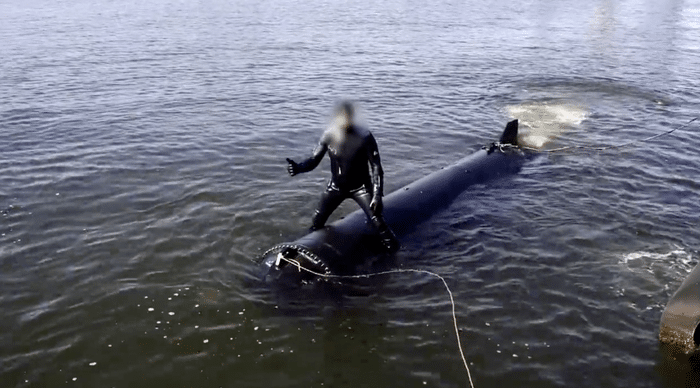
Case study: Ukraine’s naval drone disruption
Since early 2022, Ukraine has been a pioneer in the tactical use of commercially-derived USVs for offensive operations against a conventionally superior naval force. These systems — often built using commercial components and remotely piloted via satellite links — have enabled cost-effective long-range strikes.
Notable Effects:
- Documented damage to Russian naval assets, including the Admiral Makarov frigate.
- Repeated attacks on port infrastructure in Sevastopol.
- Strategic redeployment of some Black Sea Fleet elements to Novorossiysk, partly motivated by growing threats from Ukrainian USVs.
Ukraine’s approach combines low-profile hulls, satellite-based communications (often via Starlink), and coordinated multi-drone strikes. However, there is currently no confirmed use of autonomous AI decision-making in combat.
Doctrinal shifts and global momentum
Ukraine’s success has spurred doctrinal innovation internationally:
- Taiwan is investing in long-range, multi-role USVs (approx. $26 million).
- Iran integrates armed surface drones into its naval deterrence posture in the Strait of Hormuz.
- The U.S. Navy is testing autonomous vessels through programs like Ghost Fleet Overlord and Task Force 59.
- France and the UK are fielding autonomous mine-hunting systems and exploring the use of drones in escort and patrol missions.
Emerging doctrines include:
- Manned-Unmanned Teaming (MUM-T)
- Use of unmanned patrols in high-risk zones
- Experimental integration of AI into naval command systems (still early-stage)
Countermeasures and escalation dynamics
As drone technology advances, so do countermeasures:
- Russia has implemented layered defenses around key ports, including Pantsir-S1 air defense systems, coastal radar, and helicopter patrols and various electronic warfare and marine detection systems.
- In response, Ukraine is reportedly adapting drone designs for improved stealth and electronic warfare resistance.
There is no credible public evidence that Ukrainian USVs are armed with short-range air-to-air missiles (e.g., AIM-9s). Claims of such capabilities are unconfirmed and likely speculative.
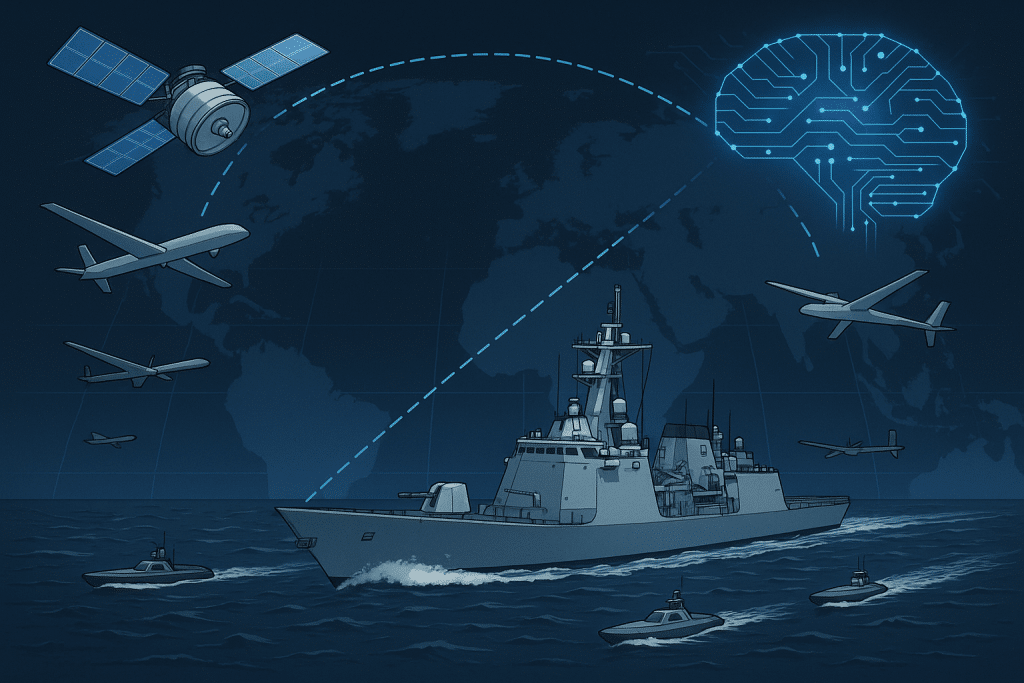
Naval drone warfare: what comes next
Naval drones are no longer experimental tools — they are becoming core components of naval strategy. Looking ahead, we may see:
- Cooperative drone groups operating in parallel with crewed warships.
- Naval drones deployed from submarines or aircraft for rapid response.
- Increasing reliance on commercial satellite networks and AI-driven systems for real-time command and coordination — though most AI applications remain experimental.
In future maritime conflicts, the first strike may come not from a destroyer’s deck — but from a low-profile, remotely piloted drone hundreds of kilometers away.
Article 2. Ukraine’s naval drone tactics: redefining sea power through improvisation
Article 3. Naval drones: typology, capabilities, and the next naval paradigm

